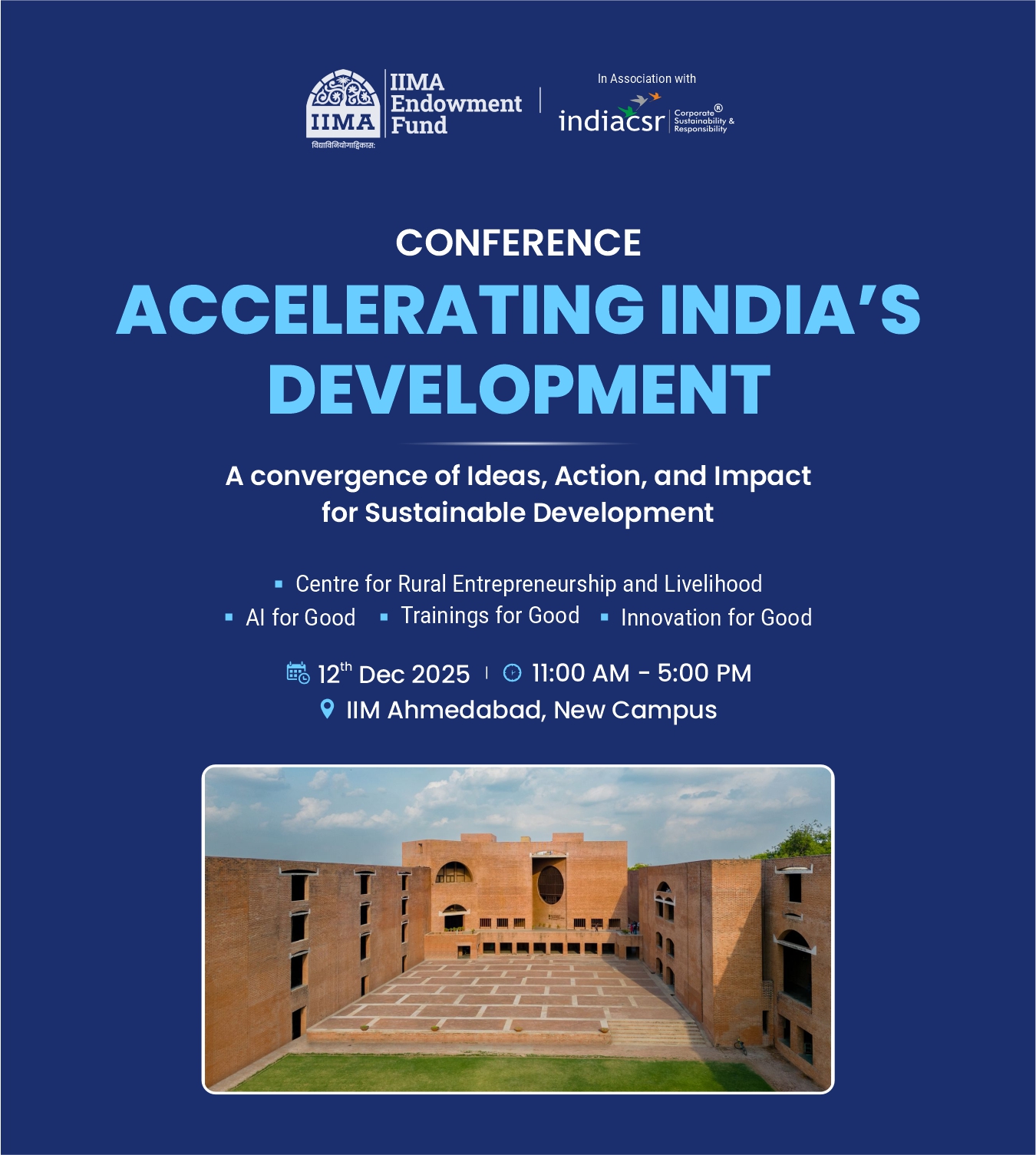We are witnessing concerning new trends in natural disasters that continue to endanger communities and businesses while debilitating state resources. The World Bank estimates that approximately 26 million people are pushed into poverty every year.
Natural disasters affect approximately 160 million people and cost the global economy over USD 520 billion annually.[1] According to the United Nations Office for Disaster Risk Reduction (UNDRR),[2] India experienced economic losses worth USD 79.5 billion due to natural hazards between 1998 and 2017.
Certain communities are far more vulnerable to disasters due to their exposure to climate change related risks. The frequency and complexity of extreme weather events continue to affect populations in areas where access to basic services is still limited or non-existent.
Recent natural disasters such as Cyclone Amphan in West Bengal and the floods in Assam and Bihar have further endangered the social safety nets of at-risk populations who were already coping with the impact of COVID-19.
It is important, now more than ever before, to respond to these challenges with collaborative, participative and multi-stakeholder consortium-based approaches. Governments, international institutions, the private sector and civil society organisations can successfully leverage each other’s comparative advantages to usher in improved efficiencies and effectiveness in humanitarian responses.
Collaborations between the private sector and NGOs responding to disasters in South Asia have been characterised by a shared understanding of humanitarian principles – humanity, independence, neutrality and impartiality. Some of the other distinct features of these collaborations are touched upon below:
- The government, particularly local bodies such as village councils, school management committees and village leaders, become critical stakeholders in such collaborations.
- The private sector’s skills and expertise can ensure enhanced and transparent project management, as well as accountability, from inception to implementation.
- The private sector’s wide-ranging experiences in designing solutions allow it to offer inputs on programme delivery and actively engage in in-house expertise at every step of the humanitarian response cycle.
- The NGOs play a key role in mobilising local communities, ensuring their participation in key decisions, making sure that the solutions are sustainable and locally relevant and efficiently delivering them on ground
Patience and flexibility are necessary while working together in post-disaster environments that are often fragile or situated in conflict areas where communities have experienced extensive trauma and loss. The following approaches should be kept in mind while designing a disaster response model for effective humanitarian response:
- The response model needs to ensure that the urgent needs of at-risk communities and their feedback are incorporated, wherever possible. Together, the private sector and NGOs can carry out assessments of affected communities, keeping their needs at the centre of the overall response design.
- Partner organisations must be jointly accountable to the people. Any challenges faced on ground must be addressed based on mutual discussion and understanding between donors, grantees and community-level stakeholders.
- The disaster response model needs to be flexible to adapt to the changing ground realities and ensure greater effectiveness.
- While responding to emergencies, it is important to treat affected communities as equal partners and not just beneficiaries. Responders must respect and learn from the traditions of affected communities and incorporate local culture into project designs and social infrastructure being supported by projects. It is important to invest in developing a community’s capacity to build better post-disaster infrastructure.
Examples of the private sector and NGOs leveraging each other’s strengths to build trust and make a difference in complex geographies are a testament to the potential of such collaborative models. Each intervention shapes the understanding of individual roles in such models. This understanding is based on unique grassroots-level challenges.
Our experience of building a primary school after the floods in Pulwama (south Kashmir) through a participative model between 2016–17 demonstrates that the private sector and NGOs can successfully build trust by involving the community in an environment of instability. In Nepal, an intervention to build transient shelters for affected communities in the district of Gorkha benefited from the knowledge of an on-ground partner’s experience in logistics and transport.
Overall, interventions for humanitarian action that provide more long-term support to communities through resilience building and that put communities at the centre of design and delivery may be adapted for varied humanitarian needs and contexts. Going forward, the only effective way to build a collaborative disaster response model is to bring together a diverse set of stakeholders with broad competencies to find solutions which foreground. Such an approach will see the implementation of appropriate best practices to solve complex challenges where the ‘one size fits all’ model does not work.
[1] S. Hallegattte, A. Vogt. Schilb, M. Bangalore & J. Rozenburg. (2017). Unbreakable: Building the resilience of the poor in the face of natural disasters. Washington: The World Bank.
[2] UNISDR. (2017). Economic losses, poverty & Disasters 1998-2017. Belgium: Centre for Research on the Epidemiology of Disasters, United Nations Office for Disaster Risk Reduction.





